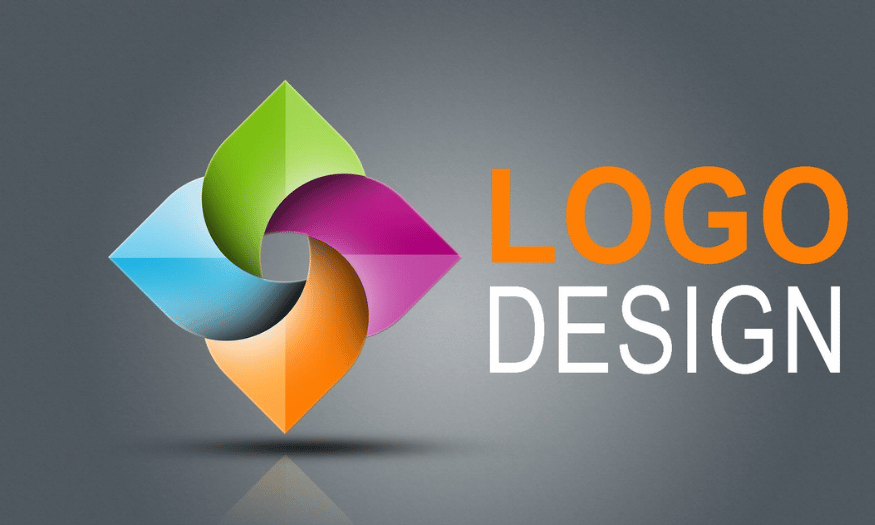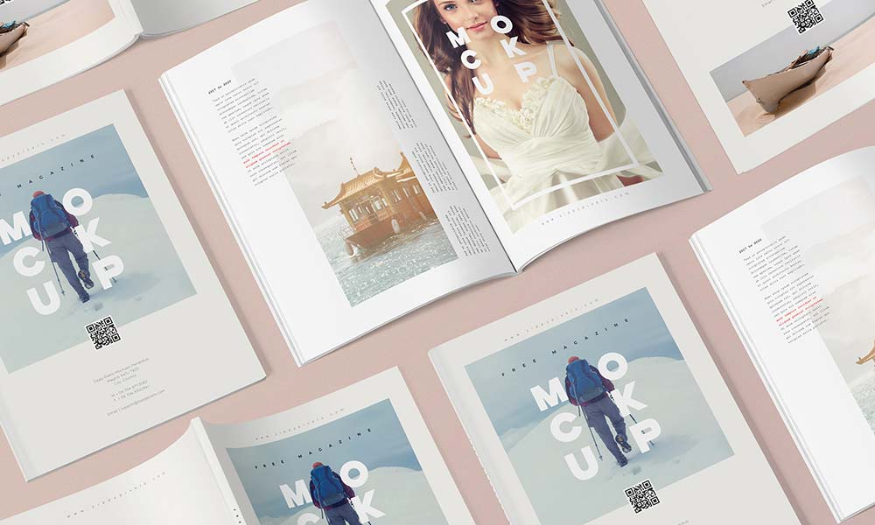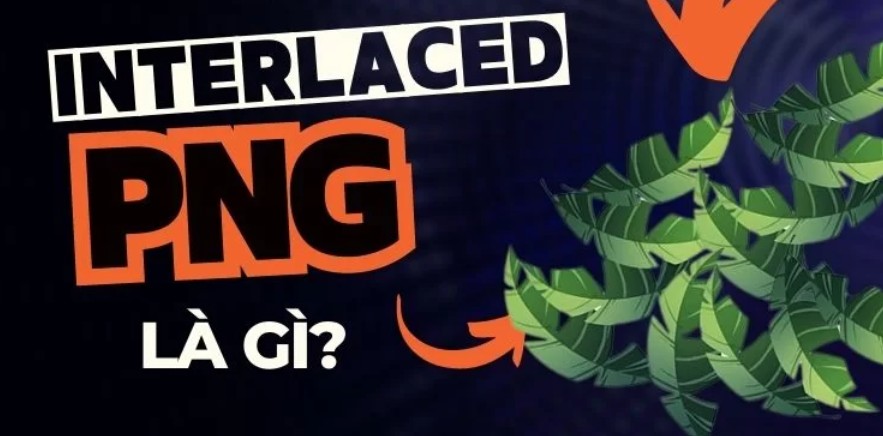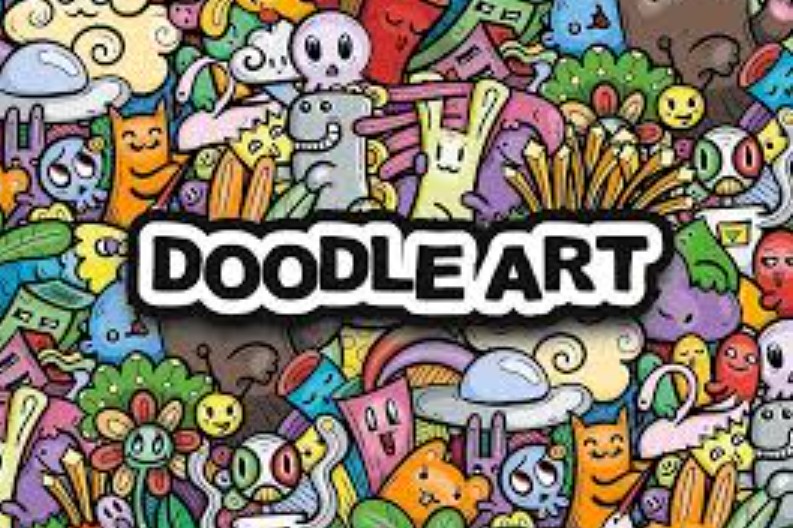Best Selling Products
Logo Classification and Answers to the Right Choice for You
Nội dung
In the modern business world, logos play a vital role in branding and customer retention. A logo is more than just an image; it is a symbol that represents the values, mission, and personality of a business. However, with so many different types of logos, choosing the right design can be a challenge. In this article, Sadesign will categorize the main types of logos, from icon logos to wordmark logos, and help you find the optimal solution for your brand.
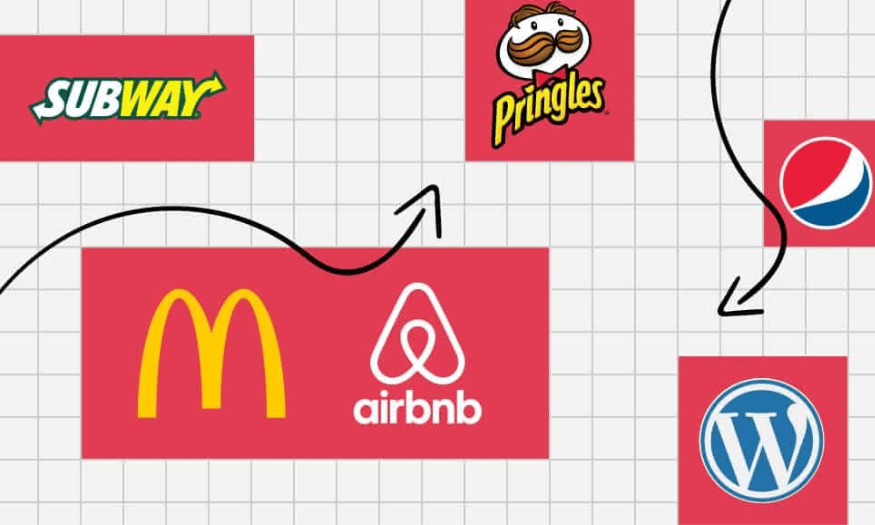
In the modern business world, logos play a vital role in branding and staying in the minds of customers. A logo is more than just an image; it is a symbol that represents the values, mission, and personality of a business. However, with so many different types of logos, choosing the right design can be a challenge. This article will categorize the main types of logos, from icon logos to wordmark logos, and help you find the optimal solution for your brand. By understanding the differences between logo types and how they fit into each type of business, you will gain insight to make the right decision.
1. Brand Mark
A trademark is a type of logo that uses a distinctive symbol to represent a brand. Logos like the Apple apple or Twitter bird have become globally recognizable. What makes a trademark special is its ability to convey a powerful message without using words. This image not only helps customers remember the brand, but also brings a sense of closeness and familiarity.
One of the main advantages of a brand is its simplicity and memorability. When customers see the distinctive image, they immediately associate it with the brand without having to read the name. This clarity allows businesses to communicate quickly with customers, especially in situations where there is little time to explain. Furthermore, the simplicity of a brand also makes it easy to apply the logo across a variety of platforms and sizes, from business cards to large billboards.
However, choosing a brand also requires careful consideration. If your business is not yet established in the market, the logo image may not be powerful enough to make an impression. In addition, if you plan to expand your products or services, the logo may no longer be suitable in the future. Therefore, choosing an image that can represent the core values of the business is very important.
In addition, the brand also needs to express the brand's personality. A successful logo is not only a beautiful image but also must be suitable for the psychology and consumption habits of the target audience. Thorough customer research will help you create a brand that is more attractive and memorable. Strong brand recognition comes not only from the image but also from the emotions it evokes in customers.
Branding can also help build associations in the minds of customers. When they see your logo, it can trigger positive memories or emotions associated with your product or service. This is increasingly important in an increasingly competitive landscape where differentiation can make or break a brand.
.png)
2. Abstract Logo Marks
An abstract logo is a unique form of design that does not rely on a specific or recognizable image. Instead, it uses shapes and lines to create a conceptual symbol that represents the values and vision of the business. Abstract logos like Chase’s not only create a beautiful image, but also convey deep meanings of growth and movement.
One of the biggest benefits of abstract logos is the limitless creativity. You can design a symbol that reflects your brand’s core values or what you want to emphasize without being constrained by a specific image. This gives businesses the opportunity to differentiate themselves and be unique in today’s competitive market. These logos often have a modern and cutting-edge feel, which is great for businesses that want to show innovation and creativity.
Abstract logos also tend to create curiosity and spark the imagination of customers. An artistic design can spark interest and make consumers want to learn more about the brand. This is important in the modern marketplace where customer attention spans are often short. An abstract logo can make customers stop and think about its meaning, creating a deeper connection with the brand.
However, designing an abstract logo requires finesse and attention to detail. An ambiguous or confusing design can cause customers to miss or misinterpret the message you are trying to convey. Additionally, the logo needs to be optimized to look good when printed at different sizes. Therefore, working with a professional designer is essential to ensure that your logo truly communicates your brand values.
Another factor to consider is the color combination in abstract logos. Colors not only attract attention, but can also evoke different emotions and feelings. Choosing the right colors will make your logo more memorable and memorable in the minds of your customers. Colors can influence consumer psychology, and when used wisely, they can create a sense of trust and friendliness.
3. Mascots
Mascots are considered the friendliest type of logo, as they are often a representation of a character or symbol that represents a business. Think of them as “spokespeople” for your brand. Most advertising and marketing campaigns will focus on mascots, making them an integral part of your brand identity.
One of the great things about mascots is their ability to create a sense of warmth and familiarity. Cute characters make customers feel more approachable, especially children. The image of a mascot can create a strong emotional connection between a brand and its consumers. For example, seeing a person dressed in a lobster suit standing outside a seafood restaurant can make children feel excited and want to go in and eat there, while adults may simply find it a little funny.
Mascots are also effective at humanizing a brand, especially for products or services that are dry or obscure. Businesses like KFC and Kellogg's have successfully used mascots to create a more relatable image for their customers. If you're providing a service like software or technical solutions, a mascot can help make your brand more approachable and grab the attention of your customers.
However, mascots should be used with caution. If your brand is associated with products that are not suitable for children, a mascot can send the wrong message. A prominent example is the Camel cigarette advertising campaign, with mascot Joe Camel, which caused a lot of controversy when targeting teenagers. Therefore, when creating a mascot, you need to make sure that it is consistent with your core values and the brand message you want to convey.
.png)
4. Combination Marks
Combination logos are logos that combine both images and words into their design. The name is self-explanatory, and it offers flexibility in conveying your brand message. You can combine a symbol with a monogram or an abstract image, creating a unique and recognizable design.
One of the biggest advantages of combination logos is their versatility. By combining images and text, you can create a clearer brand message. This combination also allows for easy changes to the brand identity in the future. For example, if a company wants to change its name, they can simply change the text while keeping the image, making it easier for customers to recognize the brand.
Combination logos are also great for startups. Using a combination design will give customers multiple visual cues when they come into contact with your business, helping them remember you and what you do over time. Furthermore, if you intend to trademark your logo, combining symbols with text will create a distinct image that is easy to copyright.
However, it is important to note that variety does not mean overdoing it. Your combination logo design should be clean and consistent with the message you want to convey. Too many images or text can make your logo confusing and unattractive. So, think carefully about how you want your name and symbol to work together.
5. Emblem Logos
Emblems are a type of logo that conveys a sense of tradition and prestige. They usually consist of a typeface within an outline, perhaps a seal or crest. Emblem logos are often used by universities, government organizations, or brands that want to convey trustworthiness and longevity.
One of the biggest benefits of iconic logos is their memorability. These designs convey an air of professionalism, tradition, and importance to your brand. The combination of images and text within a specific frame creates the impression that your company has been around for a long time and is of lasting value.
Iconic logos are great for brands that want to make a statement or convey a message about traditional values. These logos are often engraved or printed on uniforms, creating a strong public recognition. However, when designing an iconic logo, you need to consider scalability. More detailed designs may not look as good when resized, so make sure your logo is legible and recognizable at all sizes.
Additionally, icon logos do not offer the same flexibility as combination logos. Once you have chosen a design, you need to be sure of it before you put it into use, as changes later can make it difficult to maintain a consistent brand image. Therefore, invest time and effort in developing an icon logo that is truly impressive and consistent with your brand values.
.png)
6. Dynamic Logos – Dynamic Marks
Dynamic logos can be seen as a symbol of a new era where flexibility and creativity are at the forefront. Unlike traditional logos, dynamic logos have the ability to adapt to the context in which they are used. This means that elements such as fonts, colors and images can change depending on the environment in which they appear, from websites to promotional materials.
One of the biggest advantages of animated logos is the limitless creativity. Businesses can customize their logo to fit a variety of mediums, from corporate websites, blogs, to social media ads. This versatility not only makes the brand more appealing, but also creates opportunities to convey messages in unique and fresh ways. Customers will feel excited and look forward to what the brand will bring next, creating a deeper connection.
Dynamic logos are especially great for brands in the entertainment, media, or creative industries. If your business has multiple divisions, using dynamic logos can be a great way to differentiate between them through different colors or images. For example, FedEx does this by changing the color of their logo for each division, making it easier for customers to recognize and remember.
However, when using an animated logo, you need to be careful not to lose the associative power of your brand. Some customers may remember your brand by the color, while others may remember the shape of the logo. If these elements constantly change without consistency, your logo may not have the desired effect. Therefore, you need to carefully consider the changes you make and always ensure that the logo still retains the core message you want to convey.
7. Professional logo design tool
7.1 Canva impressive logo design tool
Canva is a great online graphic design platform that is especially useful for creating professional logos. With its user-friendly interface, Canva allows users of all skill levels to easily create impressive designs in just a few minutes. You don’t have to be a professional designer to create beautiful and engaging products.
The platform offers a wealth of design templates that you can quickly find ideas and customize to your needs. You can create logo designs that match your personal style or brand in no time. This is especially useful for small businesses and individuals who need a quick and efficient design solution.
To get the most out of Canva, upgrading to the Pro version is essential. Canva Pro not only offers more options, but also equips you with specialized tools to enhance the quality of your designs.
.png)
7.2 Why should you upgrade Canva Pro at Sadesign?
One of the biggest benefits of Canva Pro is its extensive library of graphic resources. Upgrading to Pro gives you access to over 100 million high-quality images, videos, and graphics. This gives you the freedom to create without worrying about copyright issues, which is important if you work on commercial products.
All resources are created by professionals and are regularly updated to follow the latest trends. You can easily find the right image for your logo, from simple icons to complex designs. This saves you time and effort in the creative process.
.png)
8. Conclusion
Choosing a logo is not only an important step in building a brand, but it is also an art that requires careful consideration. Each type of logo has its own advantages and disadvantages, and the final choice should reflect the true nature of your business. If you understand the types of logos and how they can connect with your target audience, you will have the opportunity to create a strong and lasting brand. Take the time to research, experiment, and find the logo that best engraves your image in the minds of consumers.









































